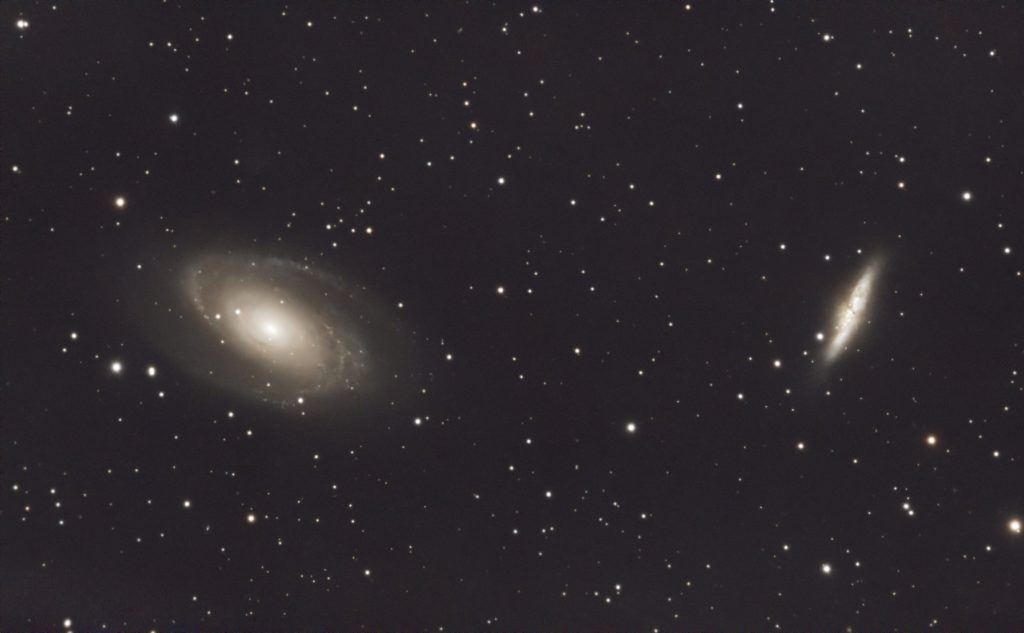
As northern summer nights grow longer in August and September, the big constellation Cygnus lies nearly overhead before midnight and offers dozens of colorful nebulae and star clusters for visual observers and astrophotographers. The newly discovered Radcliffe Wave begins here. So does the dark and dusty Great Rift that splits the band of Milky Way in two. Cygnus also contains the brightest section of the northern Milky Way in the grand Cygnus Star Cloud, the most prominent star cloud north of the celestial equator. With a pair of low-power binoculars or with just your dark-adapted eyes, this billowing collection of millions of stars along an arm of our galaxy offers as beautiful a sight as any earthly work of art or nature [Read more…] about The Cygnus Star Cloud
Share This:


